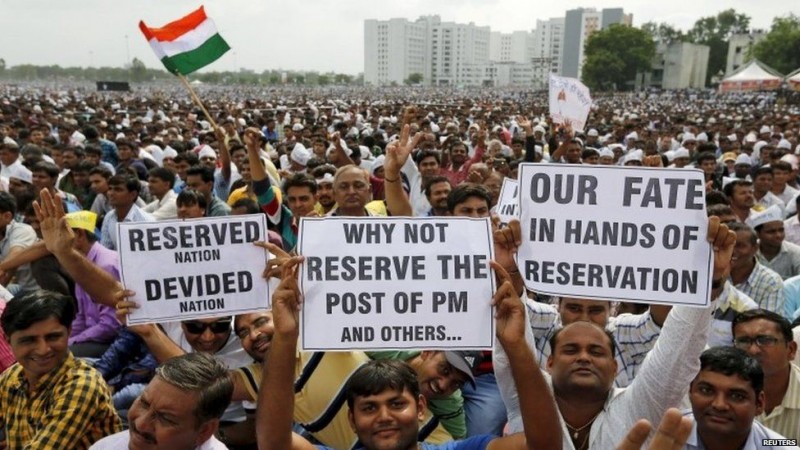
The issue of equality and inequality based on caste has been a longstanding and contentious subject in many societies. Throughout history, certain groups have been subjected to discrimination and social exclusion solely based on their caste, leading to deep-rooted controversies. This article aims to explore the complexities surrounding caste-based equality and inequality, the historical context, modern-day challenges, and the efforts made to address this sensitive matter.
Understanding Caste System and Its Origins
The caste system, prevalent in various societies, particularly in South Asia, is a hierarchical social structure that categorizes individuals into different groups based on their birth. The origins of the caste system can be traced back to ancient times when it was primarily based on occupation and social roles. Over time, the caste system became deeply ingrained in society, leading to rigid social stratification and discrimination.
Historical Perspective of Caste-Based Discrimination
Historically, the caste system perpetuated inequality, with certain castes considered superior and others relegated to menial tasks and deprived of basic rights. This discrimination was enforced through societal norms and religious beliefs, resulting in severe oppression and marginalization of specific castes.
Modern-Day Challenges in Achieving Equality
4.1. Education Disparities
Access to quality education remains a significant challenge for marginalized castes, hindering their upward mobility and perpetuating social disparities.
4.2. Economic Disparities
Economic inequality is prevalent among different castes, leading to limited opportunities and unequal distribution of resources.
4.3. Social Discrimination
Discrimination and stigmatization based on caste continue to exist in various aspects of life, affecting social interactions and mobility.
Efforts Towards Achieving Equality
5.1. Legal Reforms
Governments have introduced laws and policies to eliminate caste-based discrimination and promote equality. However, the effective implementation of these reforms remains a challenge.
5.2. Social Movements
Social movements advocating for caste equality have played a crucial role in raising awareness and challenging discriminatory practices.
Controversial Policies and Quotas
6.1. Reservation System
Affirmative action policies, such as reservations in educational institutions and government jobs, have sparked debates on the efficacy and fairness of such measures.
6.2. Affirmative Action
Affirmative action policies aim to provide opportunities for marginalized castes but have also faced opposition from some sections of society. Perception of Caste-Based Equality and Inequality in Different Regions
7.1. India
India, with its diverse caste landscape, faces unique challenges in addressing caste-based inequality.
7.2. Nepal
Nepal's caste system, though different from India's, also presents its own set of issues related to equality and inequality.
7.3. Other Regions
Caste-based discrimination is not limited to South Asia, as similar issues are witnessed in other parts of the world.
Interplay between Caste and Intersectionality
8.1. Gender and Caste
The intersection of gender and caste adds another layer of complexity to the issue, affecting the experiences of individuals from marginalized castes differently.
8.2. Religion and Caste
Religious beliefs can reinforce caste hierarchies, making it crucial to address both caste and religion when advocating for equality.
Promoting Social Harmony and Unity
9.1. Education and Awareness
Education and awareness campaigns play a vital role in challenging caste-based stereotypes and promoting social harmony.
9.2. Challenging Stereotypes
Challenging deeply ingrained stereotypes is essential in fostering a more inclusive society.
Addressing Misconceptions about Equality and Reservations
10.1. Myth vs. Reality
Addressing misconceptions and dispelling myths surrounding caste-based reservations is critical in encouraging constructive dialogue.
10.2. The Role of Media
The media plays a significant role in shaping public opinion, and responsible reporting is essential in understanding caste-based issues objectively.
Debates on Meritocracy and Fairness
The concept of meritocracy and its relationship with affirmative action policies has sparked heated debates on fairness and equal opportunities.
Role of Government and Institutions in Fostering Equality
Governments and institutions must take proactive measures to ensure equal opportunities and challenge discriminatory practices.
The Way Forward
A multi-faceted approach that combines legal reforms, social initiatives, and educational reforms is essential in moving towards a more equitable society. The controversy surrounding the issue of equality and inequality among different castes in society reflects the deeply entrenched challenges that have persisted over generations. By acknowledging historical injustices, promoting dialogue, and implementing comprehensive policies, societies can strive towards a more inclusive and just future.
AOC Streamer Going crazy on Twitch this Saturday Evening
Finding Common Ground: Promoting Dialogue in Competing Factions
Education as a Pathway to Conflict Reduction and Understanding